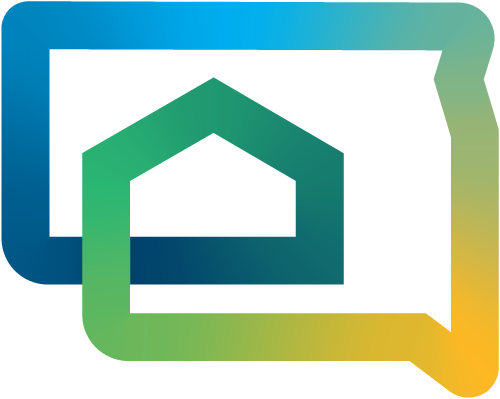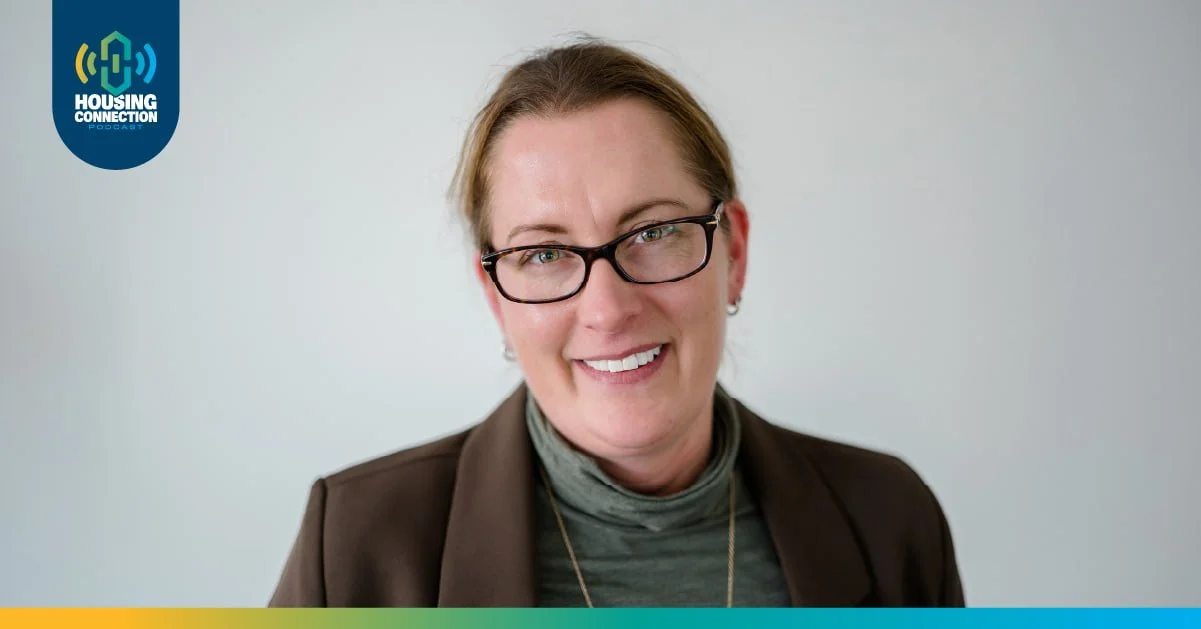How the Coordinated Entry System Works
In the latest episode of The Housing Connection, Stephanie Marshall, CES Administrator at South Dakota Housing, discusses the Coordinated Entry System (CES). Stephanie explains how CES helps people and families who are homeless or at risk of becoming homeless. By connecting people to the resources they need, CES ensures housing solutions are efficient, trauma-informed, and sustainable.
What is the Coordinated Entry System?
A statewide Coordinated Entry System (CES) was launched in 2018 to address gaps in South Dakota's homeless response system. It provides a centralized process to assess needs and match individuals with resources in their communities.
CES currently has 14 physical access points and a toll-free number. This service is available in all 66 counties. CES aims to be as accessible as possible for those who are in need of the service.
Comprehensive Support Beyond Housing
Stephanie highlights how CES doesn’t stop at connecting people to housing—it also addresses broader barriers like transportation, mental health, and employment. Personalized assessments connect households with services that ensure long-term stability.
Collaboration for Greater Impact
A unique aspect of CES is its collaborative approach. Providers work together to share information and coordinate services, creating a seamless support network for those in need. Case conferencing ensures that individuals receive tailored, wraparound care, from mental health services to rental assistance.
Episode Mentions
South Dakota Department of Labor & Regulation
Homeless Count in South Dakota
About Stephanie Marshall
As the Coordinated Entry System Administrator at South Dakota Housing, Stephanie Marshall oversees the statewide system connecting South Dakotans to housing and support resources. Her work focuses on enhancing accessibility, collaboration, and community partnerships to address housing insecurity.


